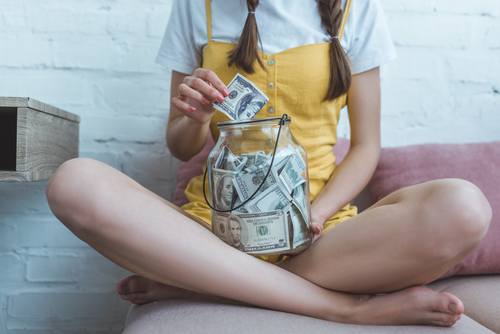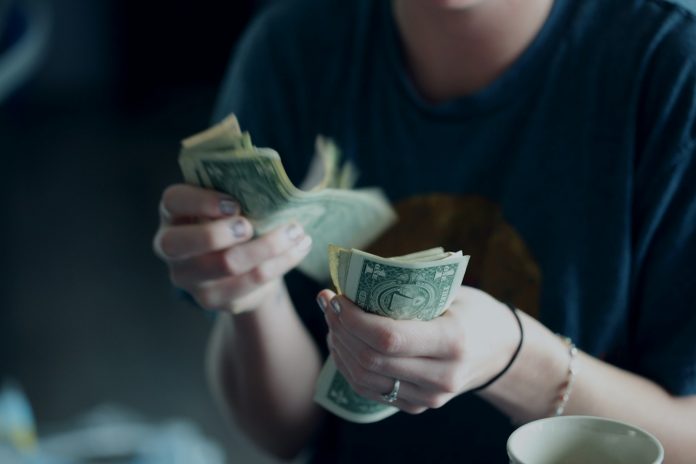
As we sift through the threads of cultural norms and financial expectations, we find ourselves wrapped in the warm, yet disconcerting embrace of change.

It’s a fact as undeniable as the shifting skies: what was once routine and modest has now drifted into the realm of luxury.

In a world where the simple pleasures of the ’90s and early ’00s are now gilded with a price tag that only a select few can afford, the question looms – what does luxury truly entail?

Delving into the crux of this evolution, we observe a stark contrast in what was once considered ordinary: real wood furniture, owning software outright, affordable healthcare, and even the freedom of being unreachable.

These facets of life, which were once mundane, have been propelled into the atmosphere of luxury. A Reddit user lamented, “Paying no more than 30% of your income in rent,” while another added, “Household products that don’t break within the first few years of use.”

These sentiments reflect a widespread nostalgia for a time when longevity and accessibility of goods were standard expectations.
This shift is not merely about the products themselves but encompasses services and experiences that have grown increasingly out of reach for many.

Examples are as varied as they are telling: single-income families acquiring homes, concert ticket prices that don’t necessitate a small loan, and even the tactile quality of clothing that survives the test of time.

These collective memories have become echoes of a bygone era of perceived abundance and economic simplicity.
Intriguingly, the definition of luxury, as highlighted by experts, is subjective and fluid, a concept that varies with cultural context and individual wealth.

“A luxury item is not necessary to live, but it is deemed highly desirable within a culture or society,” we are reminded. This subjectivity underscores the growing divide between essentials and extravagances as our economies and personal fortunes ebb and flow.

Historically, the notion of luxury has been a moving target. What was once a mark of opulence – take the private Roman baths or the grandeur of Versailles – has often transitioned into the realm of the commonplace.

Yet, the economic implications of luxurious spending patterns have undeniably fueled the engines of capitalism and, paradoxically, even austerity-focused movements have contributed to this progression.

Today’s luxury landscape, reshaped by a global pandemic and heightened social consciousness, has engendered a new lexicon.

Industry insiders speak of “slow luxury,” where environmental neutrality, social benefit, and cultural sustainability are as valuable as the products themselves.

Internationally acclaimed designer Rahul Mishra encapsulates this transformation: “Luxury means something that is rare… [It] also encompasses that which is environmentally neutral, socially beneficial and culturally sustainable.”

The dialogue surrounding luxury is now peppered with terms such as “handmade,” “slow fashion,” and “emotional connections.”

